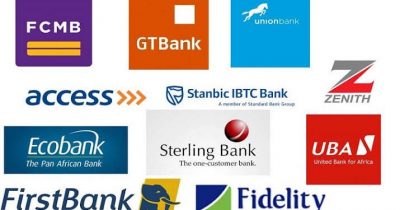Banks’ credit to the economy rose by 33.45 per cent (N15.91trillion) to N63.48 trillion as of October 2022, compared with N47.57triilion in the corresponding period of last year, latest data released by the Central Bank of Nigeria (CBN) shows.
According to the “Money and Credit Statistics” for October 2022, released by the apex bank over the weekend, of the net domestic credit, banks’ credit to the private sector and net credit to government stood at N40.80 trillion and N22.68trillion respectively.
New Telegraph’s analysis of the CBN’s data shows that banking sector credit to the private sector in October increased by N6.18trillion or 17.85 per cent from N34.62trillion in the corresponding period of last year.
Also, the data shows that when compared with the figure for September 2022 (N40.50trillion), banking sector credit to the private sector in October increased by N294.93billion or 0.73 per cent.
Similarly, the data indicates that net credit to government rose by N973trillion or 75.17per cent to N22.68trillion in October this year from N12.95trillion in the corresponding period of 2021. However, Month-on- Month, net credit to government fell by N146.19billion to N22.68trillion in October from N22.83trillion in the preceding month, according to the data.
Further review of the CBN’s data shows that Currency Outside Banks (COB) increased to N2.84 trillion in October 2022 from N2.73 trillion in the preceding month. In the same vein, currency in circulation rose to N3.30trillion in October 2022 from N3.23trillion in the previous month.
Analysts note that banking industry credit to the economy, especially to the private sector, has maintained an upward trend in recent years, occasioned by policies that the CBN introduced to encourage Deposit Money Banks (DMBs) to increase lending to the private sector as part of its efforts to boost economic growth. For instance, in July 2019, the CBN introduced the Loan-to-Deposit Ratio (LDR) policy, which saw the apex bank increasing the required minimum LDR to 60 per cent effective end of September 2019.
It later raised the ratio higher to 65 per cent and directed lenders to comply with the regulation by the end of December of the same year.
Indeed, in her personal statement at the CBN’s Monetary Policy Committee (MPC) meeting held in September, a member of the committee and CBN Deputy Governor, Financial System Stability, Mrs. Aishah Ahmad, said: “Increased credit to growth enhancing sectors of the economy such as agriculture, manufacturing and general commerce helped support output recovery recorded in the domestic economy.
“Total credit increased by N5.50 trillion from N22.62 trillion to N28.12 trillion between end-August 2021 and end August 2022 due largely to increase in the level of funding and CBN’s Loans to Deposit Ratio (LDR) policy.
“The increase recorded in lending rates between June and August 2022 can be partly attributed to the tight monetary policy stance and requires vigilance by the banks to forestall defaults and preserve asset quality.”


